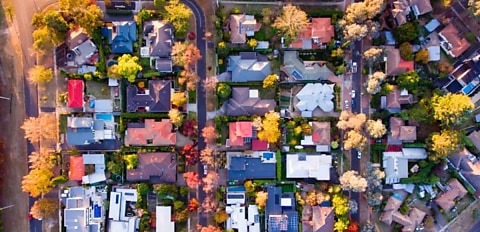According to the Institute of Public Affairs (IPA) research, the federal government’s unplanned rise in net overseas migration (estimated to be over 1.75 million by 2028) will create a housing shortage of 252,800 dwellings during the same period.
IPA deputy executive director Daniel Wild said the surge in demand from unplanned migration growth “will make housing less affordable for both Australians and new migrants alike”.
The research stated the combined cost of the housing shortage between 2023 and 2028 sits at around $24 billion per annum on average, based on the cost of the extra housing that would need to be constructed to accommodate the increase in migration.
“The federal government’s unplanned migration surge will further add to inflation by increasing demand without any productivity gains, which means Australian families will keep paying more and more at the checkout,” Mr Wild said.
“Moreover, an unsustainable jump in migration will put further pressure on critical economic and social infrastructure, such as schools, roads, and hospitals that are already buckling under pressure.”
Mr Wild further stated sustainable immigration has been “the bedrock of our success” but “what the federal government is now proposing is not only unsustainable, it will exacerbate the very problems facing mainstream Australians”.
Reportedly, a poll released by the IPA in May revealed that 60 per cent of Australians called for a temporary pause on the intake of new migrants until more economic and social infrastructure (schools, roads, houses, and hospitals) are built.
Sharing a similar sentiment was AMP Bank senior economist Diana Mousina, who said in April that Australia’s housing supply is not keeping up with its growing population following overseas migration reaching record highs.
According to AMP Bank’s Econosights — Australian housing shortage report, housing supply will need “to lift significantly” in order for the country to respond to the high population growth.
The report further stated the government and state governments have a “big role to play” in addressing this issue.
“Solutions to address housing shortages include lifting the availability of greenfield development, building the right infrastructure (especially transport) outside of the major capital cities to alleviate housing affordability issues which are acute across the major capitals, lowering new approval times, and moderating community opposition to new development,” Ms Mousina stated.
[RELATED: Housing demand driven by surge in overseas migration: AMP]

